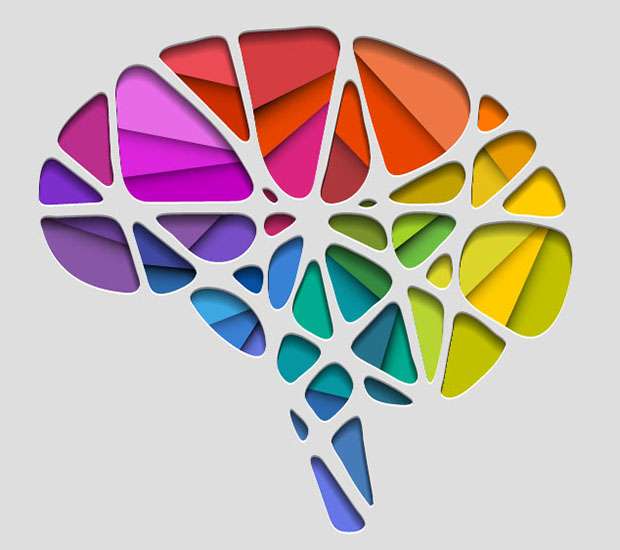TMS Treatment ProcessNew York, NY
The TMS treatment process is for people with treatment-resistant depression and other mental health disorders. It is a non-invasive approach to treating depression that involves sending pulses of magnetic waves into a person's brain. The treatment targets the areas of the prefrontal cortex that control symptoms of depression like low mood. Sending magnetic waves into these areas increases brain activity there, reducing the symptoms of depression.
Transcranial Magnetic Stimulation is typically recommended when at least one type of antidepressant has failed to reduce a patient's symptoms. The procedure can be combined with medication for patients with severe depression.
How the TMS treatment process helps with depression
Depression is one of the most common mental health disorders. People suffering from depression usually have reduced activity in the brain's prefrontal cortex. The prefrontal cortex controls emotions like how a person thinks, acts, and feels.
Some of the symptoms people with depression often report include:
- Feelings of sadness that last longer than two weeks
- Suicidal thoughts or a fascination with death
- Chronic fatigue
- Difficulty sleeping or excessive sleeping
- Changes in eating patterns
- Loss of interest in the things they once enjoyed
Anyone dealing with these symptoms for longer than two weeks should visit a psychiatrist for diagnosis and treatment. Depression can be treated, so there is no need to suffer in silence.
Transcranial magnetic stimulation is approved by the Food and Drug Administration (FDA) to treat depression. It can also be used to treat other mental health issues like post-traumatic stress disorder (PTSD), anxiety disorder, and schizophrenia.
The TMS treatment process
A psychiatrist typically performs TMS therapy while the patient remains seated in a chair. Patients are awake throughout their treatments, and they do not feel pain as magnetic coils are placed on their heads. All patients feel are light tapping sensations on their heads caused by the magnetic pulses entering their brains.
During a patient's first appointment, the psychiatrist places an electromagnetic coil on their head and establishes what is known as their motor threshold. This is done by increasing the intensity of the magnetic pulses until it makes the patient's fingers twitch. The magnetic coil used is typically as powerful as those used for magnetic resonance imaging (MRI). Patients are instructed to remove any magnet-sensitive devices on them, like jewelry or credit cards.
The first appointment takes longer than follow-up treatments since the psychiatrist needs to determine the patient's motor threshold. Once a patient's motor threshold has been determined, magnetic pulses of the same intensity are sent into the patient's prefrontal cortex. Targeting the area with these pulses stimulates the production of serotonin – a neurotransmitter linked to mood regulation. The psychiatrist might check for the patient's motor threshold after the first session if there are signs it has changed over the duration of their treatments.
Patients are often given earplugs during their treatment since the magnetic coil used to send pulses into the patient's brain makes a loud, clicking sound like an MRI machine does.
The TMS treatment process does not cause any pain, so there is no need for general anesthetics or sedatives during treatment. A typical session takes about 20 to 50 minutes. There is no recovery period after getting this treatment, so patients can often drive themselves back home and resume their normal activities immediately. Patients can ask the psychiatrist to stop a treatment session at any time if they feel uncomfortable.
A new form of TMS therapy called deep transcranial stimulation has also emerged. It involves stimulating a larger area of the patient's brain using magnetic pulses that penetrate deeper using specialized H coils that create magnetic waves that penetrate up to two inches below the skull.
The deep TMD treatment process opts for cushioned helmets that generate magnetic waves. It is an outpatient procedure, as is the case with conventional transcranial magnetic stimulation.
Psychiatrists typically perform a physical and psychiatric evaluation before starting TMS treatments to determine if patients have pre-existing conditions or other health problems that could inhibit their treatments. For example, TMS treatments are typically not recommended for women who are pregnant or plan to be. Some medications can also inhibit the effectiveness of the TMS treatment process.
Side effects
TMS treatments typically do not lead to significant side effects. When they occur, they are usually mild to moderate in intensity. Some of the more common side effects of TMS treatments include brief lightheadedness, scalp discomfort, tingling of facial muscles, and headaches. There is also an extremely low risk of developing memory loss or seizures. These side effects often go away as the patient gets more TMS therapy sessions under their belts.
Who needs TMS therapy?
TMS therapy is typically recommended for patients with severe depression that does not improve with medication. The procedure often leads to a significant improvement in a patient's symptoms. Patients are carefully evaluated to determine if TMS therapy is right for them.
Transcranial magnetic stimulation is not recommended for people who have a history of seizures. Patients who have had metal components like plates or screws placed in or around their heads usually are not eligible for TMS treatments. However, people with metal braces or fillings in their mouths can still get the treatment since the metal in these restorations is insufficient to interfere with the pulses.
Life after starting TMS treatment
There is no recovery period when it comes to TMS treatments. Patients can typically drive themselves and return to their regular routine right after the treatment. Many start to see a reduction in their symptoms in about two weeks.
TMS treatment usually involves getting up to five sessions per week for up to six weeks. Each session takes about 40 minutes, with the first session being a bit longer since the patient's motor threshold has to be established.
Depending on how effective the treatment is, follow-up treatments might be scheduled every few weeks. Some patients might only need additional treatments every few months to keep the symptoms of depression away.
TMS therapy can get you back on track
Having a mental health disorder does not mean you cannot live a happy, fulfilled life. Give us a call or stop by our New York clinic to set up an appointment with our psychiatrist.
Request an appointment here: https://www.hopetmsofny.com or call Hope TMS and Neuropsychiatric Center at (646) 578-8152 for an appointment in our New York office.
Contact Us
Hope TMS and Neuropsychiatric Center is located at 57 W 57th St #808 New York, NY 10019.





